|
Nonprofit work can be incredibly fulfilling and impactful, but it can also be exhausting, overwhelming, and lead to burnout. Burnout is a state of emotional, physical, and mental exhaustion that occurs when you feel overwhelmed, emotionally drained, and unable to meet constant demands. Sadly burnout is far too common in the nonprofit sector, where overwork and lack of resources are common challenges.
The problem is many of us continue to work through burnout, either not recognizing it or not feeling we can take a step back to deal with it. That's not ok for you, your team, your clients, or your family, and it's certainly not ok for the nonprofit sector! It's important to note that burnout is a gradual process and doesn't generally happen overnight. It's essential to pay attention to warning signs and take action before you hit burnout. Robert Cole, an American psychologist, wrote The Call of Service, which discusses the path to burnout. The first step to prevent burnout is to increase your awareness of what it is and recognize the warning signs of when you might be headed there. According to Cole, we move from weariness to cynicism. Next comes despair and, following that, bitterness. We then slip into depression before we hit burnout. I remember the first time I was on antidepressants. It was right before I almost quit my job. I'd hit burnout and had trouble even remembering what I'd once loved about the work. I'd become so embroiled in conflict, toxicity and negativity. Looking back, I now see that the weariness, cynicism, despair and bitterness were all there before that. I just tuned them out, assumed black humour was part of the job, and every leader is exhausted. I didn't know that those were not the mark of strong leadership. Instead, they were signposts along the way to burnout. Look at the following stages on Cole's pathway to burnout. Do any of these sound a bit too familiar to your daily experience?
If so, stop and acknowledge that. Just pause and be aware that while this may seem "normal" in our sector, that doesn't make it "right." It's not ok, either. There is another way. It begins with choosing a different path. I want to insert the original version of the serenity prayer here. Father, give us courage to change what must be altered, serenity to accept what cannot be helped, and the insight to know the one from the other. Notice that the prayer asked for courage first. And that courage was for things that MUST be changed, not things that simply can be changed. I believe we MUST change how we experience leadership in the nonprofit sector. But there is another way, and it will take courage from you, me, and a few other brave souls to start the tides of that change.
When I was aware I was burning out, I went to the doctor, who prescribed antidepressants. That isn't the path for everyone, and I don't know if I'd take that path again now. But it was the best I could do at the time. I also did several things that boosted my confidence (You can find 4 of those confidence boosters here). The confidence boost helped me return to leadership with my head held high and ready to reengage intentionally and with passion. It started with awareness, then took courage. If you are on the path to burnout and want to rekindle your passion for nonprofit work, you might be interested in the 5-day challenge I created to help you rediscover your passion and purpose in your work. Join the 5-Day Challenge: Conquer your love-hate relationship with your job. March 20 - 24th Are you tired of feeling stuck in a job that no longer excites you? Join the upcoming 5-day challenge and shift your mindset to reignite your passion for your nonprofit leadership role. It's time to shift your mindset and reignite your passion for your job. How it works: When you sign up, you'll be invited to join each day to gradually make shifts that will rekindle your passion for your job.
0 Comments
From Guilty to Empowered: Overcoming the Guilt of Taking a Sick Day in Nonprofit Leadership28/2/2023 Last week, I came down with a nasty case of the Norovirus and yet...
How can I take time off? My first thought was: I've just got to get through this, and then I can get to work. My second thought was: I'll just pretend I'm OK. I won't let anyone know I'm sick. My third thought was: Did you just think that? Just pretend? Is that the kind of person I want to be when my body clearly tells me I should not be at my computer? I will pretend I'm OK and not let on that I'm about ready to fall over. Seriously? I can barely walk from room to room, and I can't stay awake for more than an hour, and I'm going to pretend I'm OK? That realization quickly urged me to clear my day's schedule and let myself be sick! Sometimes it's "easy" to decide that. However, at other times, taking time off because you are sick isn't always such a clear choice. 👉 As leaders, we can't always take a sick day when were are not feeling our best. Sometimes you must work with a headache. Sadly, you can't always stay home when your menstrual cramps are killing you. And if we all took time off when we had the sniffles, work would never get done. So how do you know when it's OK to take time off and when it's not? 1️⃣ First, you need to pause, stop and perhaps sit down. 2️⃣ Then with intention, ponder your dilemma. You won't make your best decision with unconscious thoughts whirling in your head. Let's go through some considerations, and I'll provide you with questions you can mull over to help you make a decision you'll feel better about. 🤔 What kind of workplace culture are you creating? The obvious question is, are you contagious? But we all know that even that won't stop many of us from working. Instead, we'll rationalize it to either I'm working at home, I'll keep my distance, or they've probably already been infected. But what if you took that question a step further?
Does that change your perspective a wee bit?
What's the impact of your taking time off? Leaders carry different responsibilities that often have a trickle-down or ripple-up effect. Your work, or lack of it, can impact others. And by work, I don't simply mean returning emails and attending meetings. But more so, it's your decision-making skills, problem-solving abilities, accountability responsibilities and resource delegation roles. By taking sick time off, you may prevent things from happening, create a bottleneck or further complicate issues. Your absence could mean missed deadlines, loss of funding or risk of failing to meet contractual obligations. All that is not to make you feel guilty. You already know this. That's why I say it. Worrying about this in the background only creates guilt and anxiety and may cause you to work when you really shouldn't. So what to do? Again, I'll encourage you to pause. Stop and sit down without your laptop and phone for a few minutes, then ponder. Consider the following questions. ❓ Would my absence cause significant disruption to my team or clients?
❓ Have I ensured my team has the resources and support they need to continue working effectively in my absence, such as clear instructions, updated contact lists, and access to necessary technology? ❓Do I have any important deadlines or projects that could be impacted by taking a day off, and if so, have I made arrangements to mitigate any potential setbacks? ❓ Would my absence create excess workload, pressure or morale issues for my team or organization?
❓ What needs to be reorganized?
You're entitled to sick leave. Taking time off when unwell is not something to feel guilty about. The more intention you put into creating a plan for your absence, the easier it will be to let go and take care of yourself. 🤔 Are you risking burning out if you don't take care of yourself? As a nonprofit leader, your work is incredibly important, and you're likely passionate about the cause you're working to advance. However, there are times when it's important to take a step back and prioritize your own well-being before it's too late!
What makes it so hard to make a choice to look after me?
If you are feeling unwell and you think taking a day off would help you recover more quickly, it may be worth taking a sick day. Taking care of yourself and getting the rest you need can help prevent your illness from worsening and help you feel better faster. 🤔 What about your family? When illness hits, it often hits an entire household. So while you need to consider your work responsibilities, you must also consider what's happening at home. Gallup's research has found that members of strong teams are as committed to their personal lives as they are to their work. That means when their families need them, they are passionate about being there for their families. You are a better leader when you do.
Ideas for using the questions: While you probably aren't going to review this entire list every time you get sick, it is a place to come back to on occasion to ensure you are being your best self and, thus, the most positively impactful leader you can be.
As a nonprofit leader, your work is important, but so is your health and well-being. By using this framework to help you decide when to take a sick day and keep these reminders in mind, you'll be better equipped to care for yourself and continue making a difference in the world. If you want to feel more competent, capable and sure of yourself in your leadership, you need to increase your self-confidence by learning to manage your thoughts. To bounce back time and time again when the $#!t hits the fan 😩 you need a system that will help you regain your whirling thoughts and, thus, your confidence when you falter. We've been covering that system the last few weeks as you've been learning about pausing, pondering, pivoting and proceeding. Leaders who can navigate the busy, stressful and difficult times AND come out on top rely on something inside of them. Their inner wisdom 🦉provides strength, insight, and stamina, not just to survive but to thrive. Successful and confident leaders access that inner wisdom by consciously tuning in to it. The problem is we aren't taught this stuff Unfortunately, many of us are too busy or have never learned how to tune into our inner wisdom. As new leaders, we learned about scheduling shifts, what forms need filling out and when and how to do cover off. We were not taught what to do when we were uncomfortable addressing something going wrong or how to deal with our emotions during a team meeting when everyone seemed to hate us. And many of us assumed it was something wrong with us. We weren't cut out for leadership, were doing something wrong or alternately blamed it on the crappy staff we had. ❌ None of that was probably true, not completely. We need to learn how to access our inner wisdom What may be more accurate ✅ is that we have yet to learn how to communicate effectively as a leader, what to do with the voices in our head that doubt we can handle it or what to do with the anger when a comment at a staff meeting triggers us. To help us learn that, we need a system to allow us to access our inner wisdom. ☑️ When you are about to enter a tough conversation and want to maintain your composure, your thoughts will help you do that. ☑️ When you struggle to get your work done and feel pulled in many directions, your inner wisdom will help you focus on what matters most when it matters most. ☑️ So you can convince yourself it's ok to walk away from work and find balance with your life. If you want to learn a system to help you tune into your inner wisdom, something you can use anytime and anywhere, then keep reading 👇🏻 It's time to find your internal compass Leaders that learn to tune in and manage their thoughts and emotions develop courage, strength and skills to leave effectively and impactfully by accessing their inner wisdom or The Inner Guidance System. Your Inner Guidance System is your internal navigational structure. Think of your Inner Guidance System as your personal GPS or as a compass 🧭
Know Your Leadership Destination But where are you going? Leadership is about taking people someplace. It is about moving your organization from here to there. That is your vision or destination. The destination could be something like:
Your destination is about who you are becoming More than organizational goals, your direction is about becoming the type of leader you want to be.
The difference when you use your Inner Guidance System 👎🏻 Without tuning in, accessing your inner wisdom and using that internal compass to guide you, sadly, you'll be stuck on completing your to-do list, attending meetings and returning emails instead of being your best self while doing all those things. 👍🏻 But when you tune in and access your inner wisdom, using that internal compass to guide you, you'll be your best self 🙌🏻 when you complete your to-do list, attend meetings and return emails. Follow the steps of your INNER GUIDANCE CYCLE To access your Inner Guidance SYSTEM, follow the steps of the Inner Guidance CYCLE. The four steps, when repeated again and again, help you to make use of your internal wisdom. The steps of the INNER GUIDANCE CYCLE are as follows:
When you do the steps repeatedly, they provide insights that you need to move in the direction you want. The Inner Guidance Cycle at work:
To begin getting acquainted with your wise inner self, PAUSE and start paying attention to what is happening inside you. Consider or PONDER what thoughts and feelings you have about people, challenges or outcomes you experience.
You'll also notice that those thoughts and feelings may be accompanied by certain sensations in your body, for example:
Your thoughts, feelings and sensations are signs of your Inner Guidance System at work. They are clues🕵️ to what is going on and how to regain your composure and become your best self. Accessing the wisdom inside - An example By tuning into what's happening, you can shift how your thoughts or perspectives about the situation, how you handle it and how you feel about how you handle it. 👉 For example, perhaps you have a tough conversation coming up. When you paused and tuned in (pondered), you may have noticed:
But that isn't the end of The Inner Guidance Cycle 👇🏻 The next step is the PIVOT step. This step is about shifting your perspective. You shift your perspective by getting curious and asking yourself questions. You may ask yourself questions like:
The answers you come up with could be something like:
This new insight helps you move forward or PROCEED
Accessing your inner wisdom via The Inner Guidance Cycle will help you navigate your to-do list and relationships while you manage your emotions and be your best self. To learn more about each step in The Inner Guidance Cycle, dive deeper with this article.
If you are like most leaders, you spend a lot of time running. We go from one meeting to the next with barely any breaks! As a result, we never have time to go to the bathroom, eat our lunch or let everything catch up with us.
The problem is that it is hard to do the work of great leadership when
you don't have time to PAUSE, slow down and tune in.
Effective leaders need time to think, ponder and tune in. However, many resist pausing, stopping, or taking a break despite being overloaded, overworked and overwhelmed.
Most of us say it's because we don't have time to take a break. Yet, pausing is essential to developing confidence and becoming a stronger leader. You can't wait for time to pause. You need to make time for it! Learn to access your Inner Guidance System In this series of blogs, I'm introducing you to the steps in the Inner Guidance Cycle, which gives you access to your Inner Guidance System. Your Inner Guidance System is your inner wisdom. If you've been around for a while, you've heard me talk about the steps often, but it might be a good time for a review. There are four steps in the Inner Guidance Cycle. They are
The first step: PAUSE By taking the first step, PAUSE, you'll start to awaken your Inner Guidance System. It's that wise part of you that helps you to get a hold of your thoughts and then move forward with a conscious response. From reacting to responding Most of us are so stressed that we react to whatever shows up. However, because of our stressed state, we can't think clearly. As a result, we don't take time to choose how we want to respond, engage or the kind of leader we want to be at this moment. Pausing is stopping, pulling back or taking a break. When we PAUSE, our brain and body begin to relax, allowing us to get out of stress mode and think more clearly. Being more relaxed will enable us to respond and make conscious choices instead of reacting to every fire that pops up. Pausing is part of journeys Think for a moment about a road trip. Often when you are travelling, you take breaks. You pull over to the side of the road and stop. That might be a roadside turnout so that you can stretch. You might pause on your trip to stop for fuel. The point is that you can only way to refuel, stretch, or go to the bathroom if you stop. Leaders need pauses too In leadership, when we pause, the pause allows us to become mindful and present to what is happening. Rather than being present, most of us have a ton of racing thoughts whirling about in our heads. Those racing thoughts are usually about a future worry or passed incident that we are still stewing about. Pausing settles your racing thoughts When you pause, you are not in the future or the past but in the present moment. At this moment, you will find access to your Inner Guidance System. When you mindfully tune in to those thoughts, feelings, and sensations, you will find the inner wisdom that helps to guide you forward. You won't always remember to pause when you need to Learning to make pauses a regular part of your routine takes time. Eventually, you may get to the point where there is a trigger that reminds you to pause. That trigger could be when you're feeling:
Those might be signals to go for a little walk, take a deep breath or spend some time trying to figure out why you are so agitated. But often, we ignore those triggers. We push them aside because we have too much work to do. So, for now, don't wait for the trigger. Instead, schedule the time in to pause. You'll need to prompt yourself to take pauses You need to schedule your pauses in. Creating breaks in your schedule will help you to build a habit of pausing. So that you get used to responding to the triggers, it is important to start with establishing a routine of stopping and pausing. Remember, it's this first step of pausing that is going to allow you to awaken your Inner Guidance System. Plan to make these kinds of pauses Look through your day and decide how you can add these types of pauses: ??♀️BODY BREAK - Having a physical break to go to the bathroom, for eating and move your body ? SOUL BREAK - A mindful moment to take a few breaths, meditate or sit in peace ? MIND BREAK - Time for self-reflection. Effective leaders need time to think, ponder and tune in. Self-reflection is the time for leaders to ask themselves:
Scheduling your pauses in It's time to schedule those breaks in. I recommend adding triggers to help you remember to do them, even when busy. ? Block time off in your schedule or day-timer. If you think you'll remember to do it, guess what? You won't. Schedule it in. ?️ Set reminders to notify, encourage and motivate you.
Reminders about WHY you must schedule the pauses in ? Because you will only do it regularly if you schedule it. ? Because even though you mean to, you'll get busy and forget ? Because it takes longer than you think to establish a habit ? Because it tells those around you that you value balance Awaken your Inner Guidance System: Step # 1 - Pause Start accessing your inner wisdom and allowing it to guide you by pausing. By awakening your Inner Guidance System, you will be learning to get control of your thoughts and feelings. That internal control will help you become confident in your leadership abilities, bounce back when adversity hits and be your best self. Begin to awaken that Inner Guidance System by scheduling pauses throughout your day. P.S. If you are ready to dive into all four steps of the Inner Guidance Cycle and use it to boost your confidence, grab Mastering Confidence: Discover your leadership potential by awakening your inner guidance system The Fundamental Components of Nonprofit LeadershipDo you wonder how to be the best leader you can be? One who makes a difference, has a great team and finds some balance in life? Unfortunately, it's not the easiest thing to do. One of the reasons we struggle is that we don't see a lot of other women doing it, so part of us doesn't believe it's even possible. We need more women mentors. I keep looking for them and sharing them with you so we both have more inspiration. Let me introduce you to Yvette Vargas. I was listening to an interview with Yvette, Head of Development at Citizen's Bank in the states. Yvette was part of a Women in Leadership conversation series for LHH, an organization that focuses on recruitment, assessments, coaching, and career transitions. I found Yvette's story, persistence and intentional personal and professional growth as a woman leader inspiring. So many of the suggestions she made for women in leadership had me thinking of the four fundamentals I teach leaders. Let's dive into them together. The four fundamental roadblocks to lead your nonprofit with confidence, composure and integrityThe four fundamentals of leadership:
# 1 - Lead with Authenticity - Be yourselfOn Citizen's Bank website, Yvette is quoted as saying, "I used to have separate selves — mother to my children, wife to my husband, caretaker to my parents, employee and friend. I thought that compartmentalizing my 'different selves' would help me manage each relationship better," she said. However, it's only by working to integrate her selves — and finding a job that allows her to bring every aspect of herself to work — that she's found true meaning in her career. This quote speaks to the authentic nature that we need to lead with. We are not separate people in different aspects of our lives. We are one person doing various things. The more authentic you are, the more confident and comfortable you will feel, and you'll make a more considerable contribution. To help you lead your best, I encourage you to identify your strengths, gifts, and personality traits. Then, do the work to figure out who you are and authentically be who you are daily. START HERE:
2) Develop Yourself - Continue to grow yourself personally and professionallyIntentionally developing yourself is critical to becoming the leader you want to be. Yvette spoke in the interview about being very intentional about this. She indicated you need to develop your growth plant and intentionally spend time working on yourself. "The amount of time you spend on something is a manifestation of what you value." If you value your growth and development, you'll put time into growing and developing yourself. START HERE:
# 3 - Take care of yourself - Be a balanced leaderAs I listened to Yvette, I could tell she has drive. That's different than being driven. When the work drives you, it becomes a problem. When you drive the work, you do that with intentionality. You also need the energy to do that! That means you need to take care of yourself. But Yvette wasn't always that way. She tells the story of needing to shift from being driven by her career to intentionally creating her life and career simultaneously—that required intentionality and self-care. Taking care of yourself it's not something you do just outside of work. It is something you do all day long. Start by adding teach micro-moments of wellness into your workday. START HERE:
# 4 - Teach others to do the same - Be a leader, teacher, mentor and coachI love Yvette's story of supporting other women to grow and pulling them up as you advance. She learned this early on from her mother and sisters. She's been clear about continuing to do it throughout her career. She sees a large part of her role is developing others. When we teach others to be themselves, develop themselves and take care of themselves, we do this through mentoring, guidance, coaching and leadership. Our job as a leader is not always correct and fix employees. Our job as leaders is to help our employees reach their full potential. START HERE:
Let's review the four fundamentals of nonprofit leadership:Here they are again! Which one do you need to work on?
What strategy, suggestion, or idea will you begin with today? Hit reply and tell me where you are starting and what you are inspired to awaken in yourself after listening to Yvettes' story. |
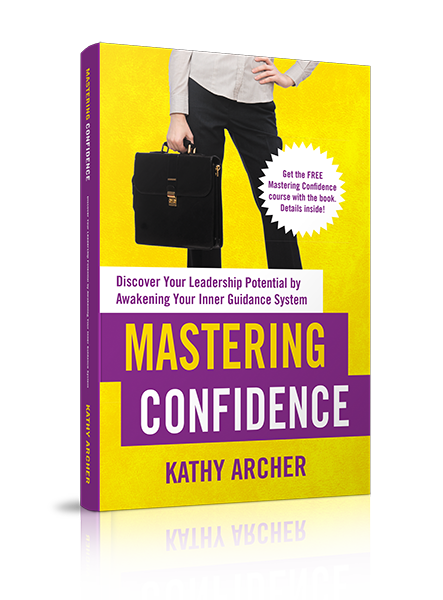
Available on Amazon
Archives
March 2024
|
|
Leadership TRAINING for Nonprofit Leaders
Become a confident and competent nonprofit Leader: Join The Training Library membership Executive and Leadership COACHING Leadership Coaching for Nonprofit Executives, Leaders and ManagerCoaching |
PODCAST for Nonprofit Leaders
The Surviving to Thriving podcast: Strategies, systems and support to lead your nonprofit with confidence FREE RESOURCES to Grow your Leadership Skills Free Leadership Training Resources, Worksheets and Templates |
Become a CONFIDENT LEADER
|
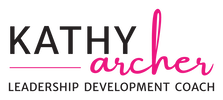
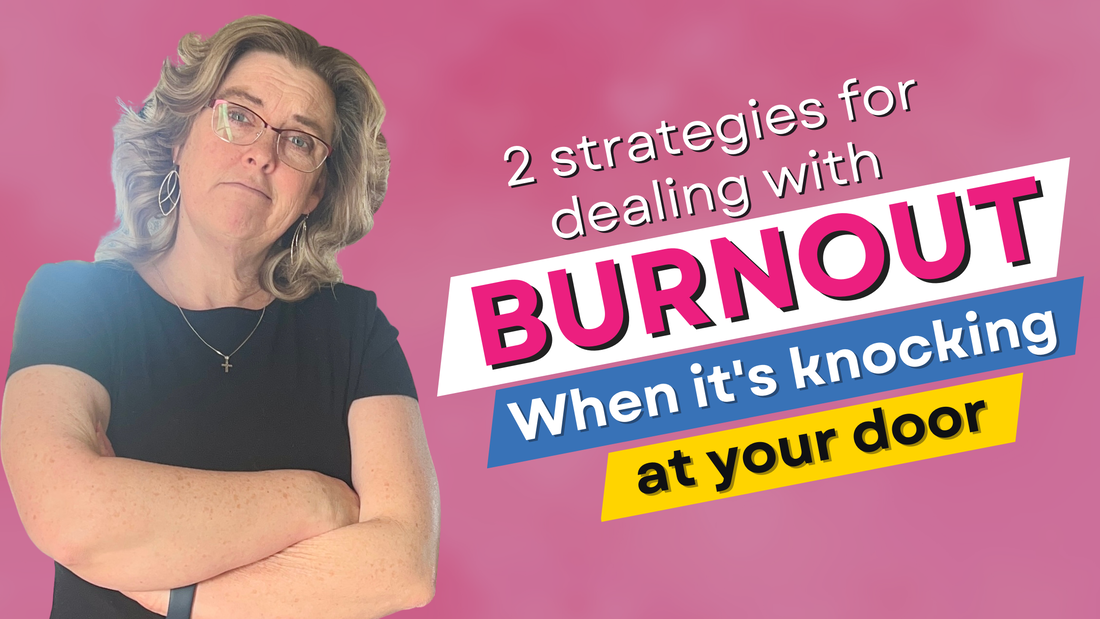
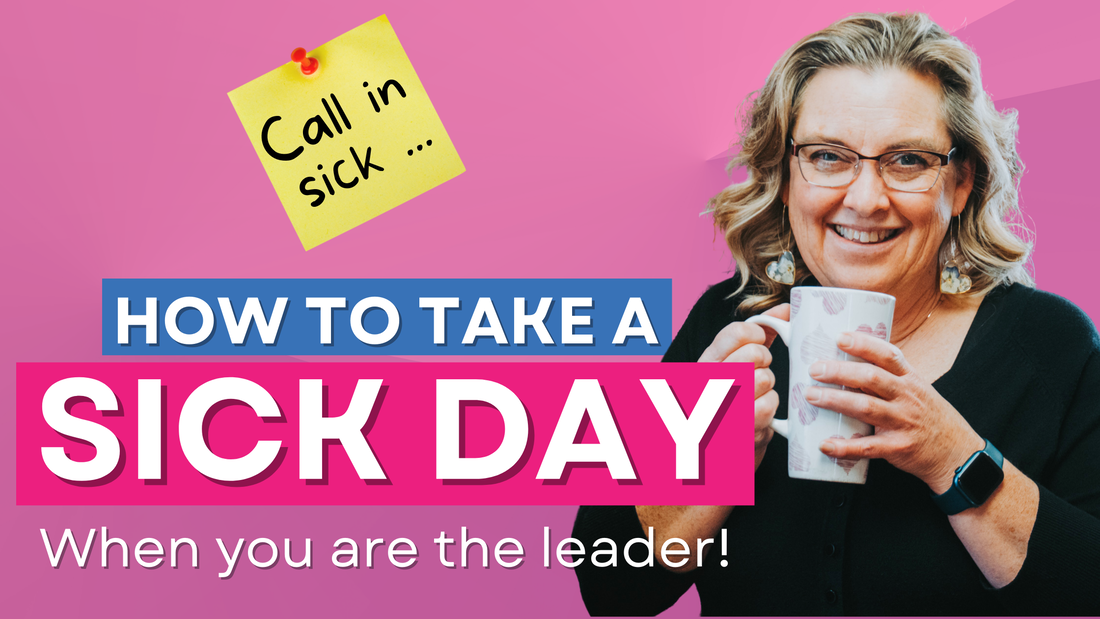
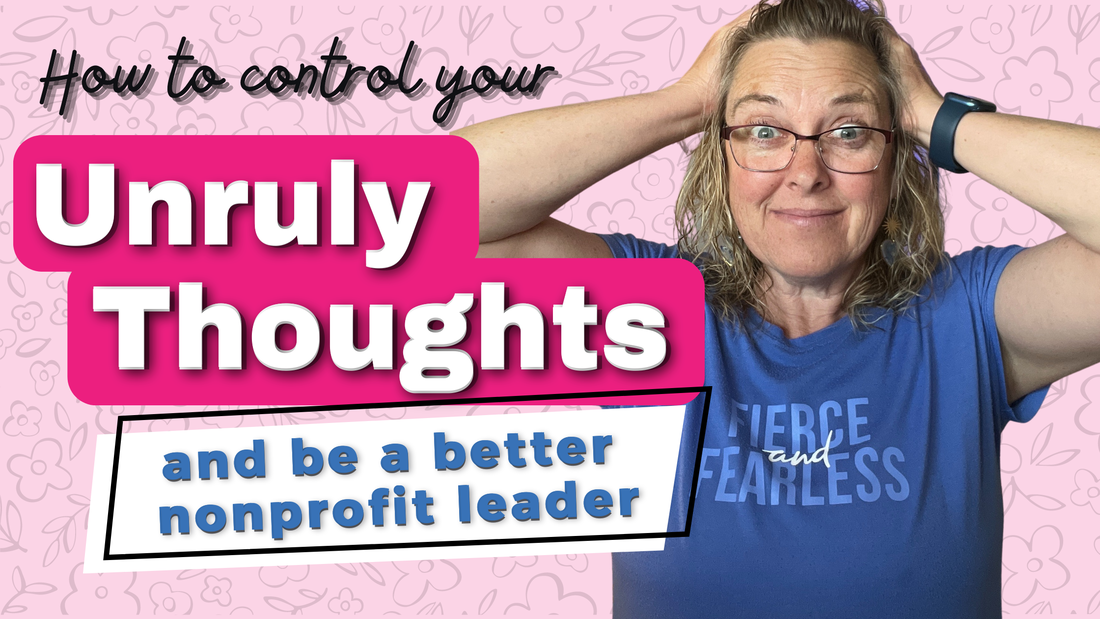
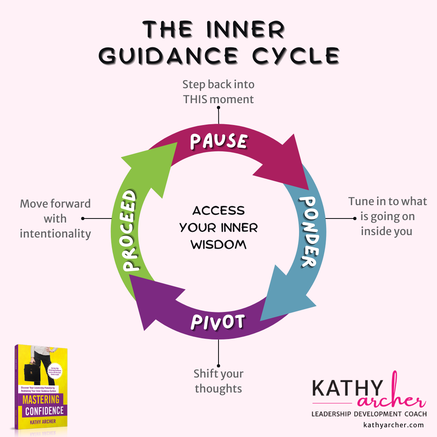
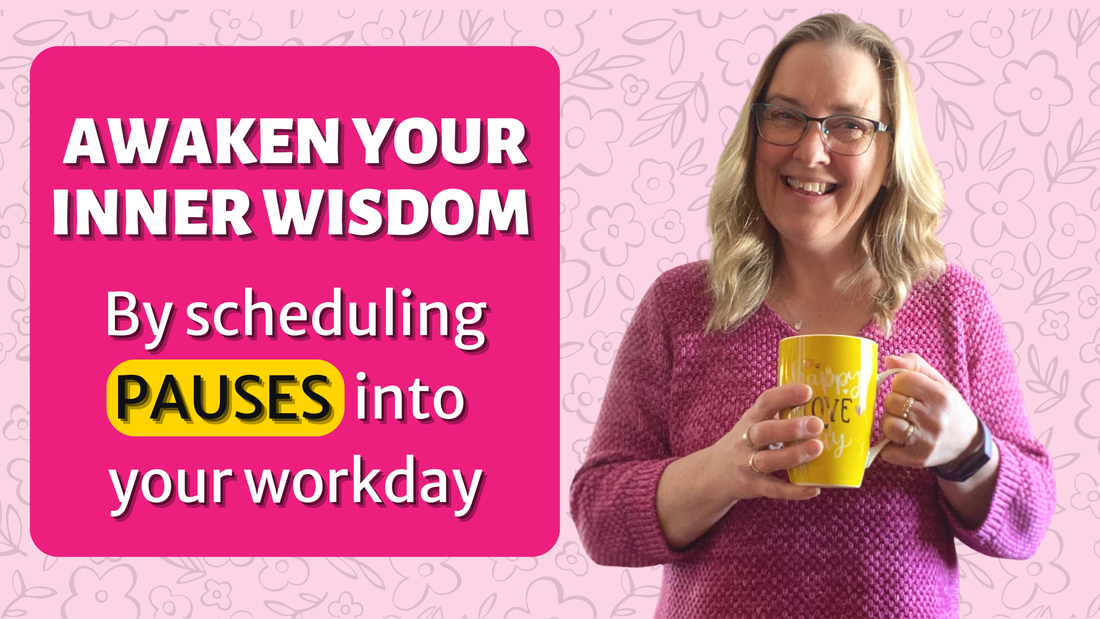
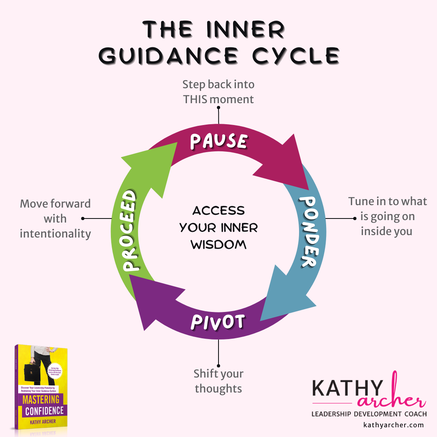
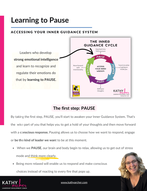
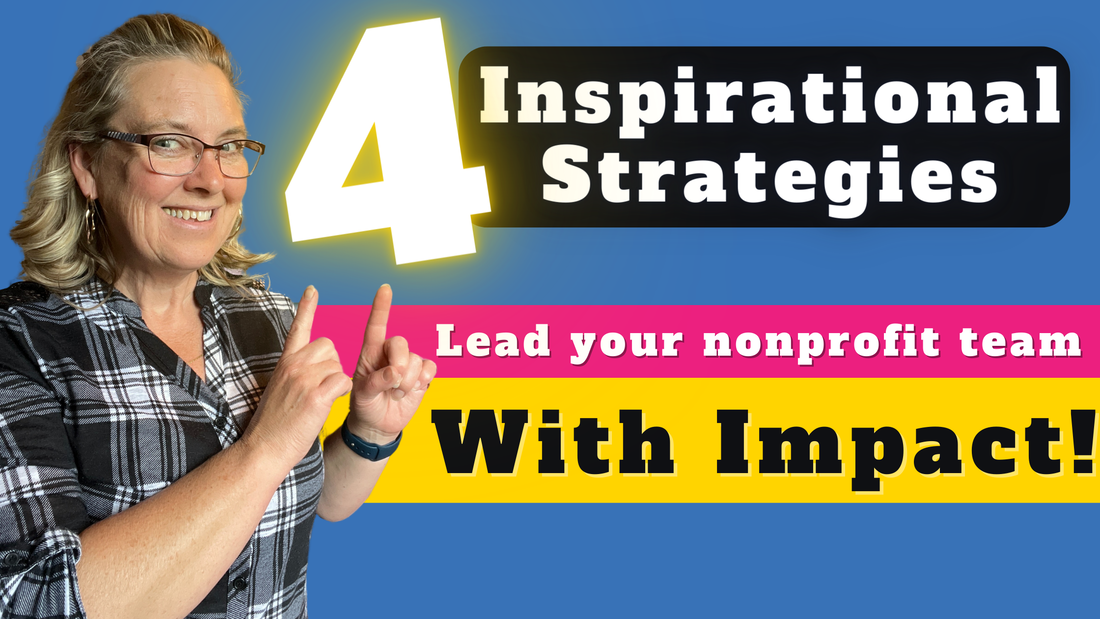


 RSS Feed
RSS Feed
